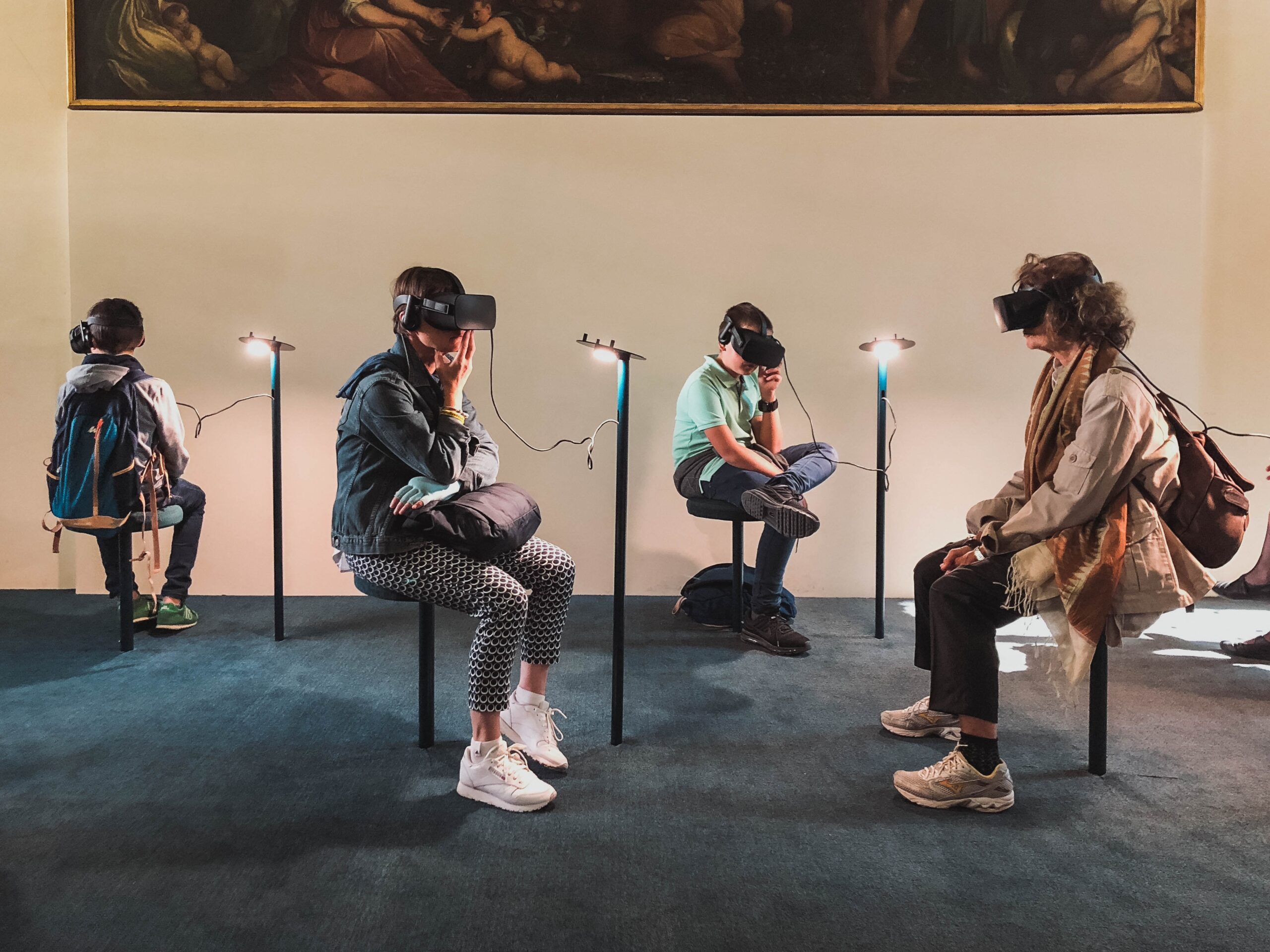Companies are always looking for fresh approaches to training and development in today’s ever-changing business environment. Immersive learning is one such strategy that has attracted a lot of interest. Let us discuss immersive learning and how it transforms corporate training. So, what is immersive learning? It uses various tools and methods to give workers realistic and exciting learning opportunities. Immersive learning lets individuals actively engage in learning by imitating real-world situations, improving their comprehension and memory of the subject.
Benefits of Immersive Learning
Immersive learning, focusing on creating realistic and engaging learning experiences, offers many benefits that can transform workplace training. Here are five key benefits of immersive learning:
- Enhanced Engagement and Retention
Immersive learning captures students’ attention and fosters an atmosphere where they are actively involved in the learning process. Utilizing interactive technology and imitating real-world situations helps learners become more immersed in the material and more engaged. Knowledge retention increases because students are more likely to retain and use what they have learned due to increased involvement.
- Experiential Learning and Skill Development
Through immersive learning, students can use their knowledge and abilities in relevant, real-world situations. In a secure and regulated environment, learners may practice and hone their abilities through simulations, virtual environments, and interactive activities. Better skill development, decision-making abilities, and problem-solving abilities, all of which are essential in the workplace, are made possible by this hands-on experiential learning technique.
- Personalized and Learner-Centric Approach
A personalized and learner-centered approach to training is provided via immersive learning. The information may be explored at the learner’s speed, and they can concentrate on the topics most pertinent to their duties and responsibilities. This personalization encourages students to take charge of their education and guarantees they get the instruction that best suits their requirements. Immersive learning enhances learning results and raises student satisfaction since it caters to each learner’s needs.
Implementing Immersive Learning
To successfully implement immersive learning in your organization, it requires strategic planning and collaboration. Here are some key steps to consider:
- Identifying Impact Areas
Decide which parts of your organization would most benefit from immersive learning. Conduct a thorough study of your training needs to identify the high-value areas where immersive learning may have the biggest impact. This might involve developing technical skills, soft skills, compliance training, or sophisticated simulations. By concentrating on these areas, you can ensure that immersive learning is used where it will have the biggest positive effects.
- Collaborating with Experts
Working with professionals in learning and development specializing in immersive learning is essential. These professionals can successfully lead you through the implementation process since they are knowledgeable and experienced. They can assist you in choosing the proper immersive learning technologies and methodologies, designing engaging learning scenarios, and providing insightful advice on best practices. You can ensure that your immersive learning efforts align with your organization’s aims and objectives by utilizing their experience.
- Developing a Comprehensive Strategy
A thorough plan must be created for immersive learning to be successfully implemented. For any immersive learning projects, start by establishing specific goals and objectives. These objectives should consider the training needs that were earlier identified and align with your organization’s broader plan for learning and development. Establish the intended results, such as higher performance, more staff engagement, or better knowledge retention.
- Allocating Resources
It could be necessary to allocate more money for technology purchases, content creation, and training if you want to implement immersive learning. Ensure you know the financial ramifications and have adequately allotted the funds to support your immersive learning projects. This can entail spending money on augmented reality or virtual reality headsets or working with other suppliers that offer immersive learning programs.
- Designing Engaging Learning Experiences
Implementing solid instructional design concepts is essential to develop powerful immersive learning experiences. When creating the learning experiences, consider elements like the target audience, learning objectives, and expected results. Use interactive features, gamification techniques, and realistic scenarios to engage students and improve their understanding and information retention. Work with subject matter experts to ensure the information is correct, pertinent, and in line with organizational goals.
- Piloting and Evaluating
Consider running trial programs to determine the efficacy of immersive learning initiatives before implementing them across the organization. Choose a representative sample of students and ask them about their impressions of immersive learning. Utilize this input to enhance and improve educational opportunities. To assess the effects of immersive learning on learner engagement, knowledge retention, and job performance, define key performance indicators (KPIs). Utilize data-driven enhancements whenever necessary to evaluate the accomplishment of your immersive learning activities.
Technologies and Techniques in Immersive Learning
To create immersive learning experiences, various technologies and techniques are employed:
- Virtual Reality (VR)
With the help of virtual reality (VR) technology, realistic-looking simulated environments are produced. Students’ learning experiences can be improved using VR headsets to immerse themselves in interactive settings and engage with virtual items.
- Augmented Reality (AR)
Digital information is superimposed on the physical world in augmented reality (AR). Using mobile devices or smart glasses, learners can acquire extra knowledge, guidelines, or instructions while carrying out workplace activities.
- Mixed Reality (MR)
VR and AR components are combined in Mixed Reality (MR) to produce immersive experiences. Students can engage with virtual items superimposed on their environment, encouraging the seamless blending of digital and physical components.
- Instructional Design
Influencing immersive learning experiences require effective instructional design. Instructional designers may engage learners and improve their learning and content retention by including gamification, interactive storytelling, and lifelike simulations.
Embrace Immersive Learning for a Transformed Training Experience
Immersive learning is a strategic step towards maximizing the potential of your employees as the future of learning emerges. Immersive learning transforms corporate training by producing realistic and compelling learning experiences, enabling workers to gain essential information and skills in an engaging and personalized way.








